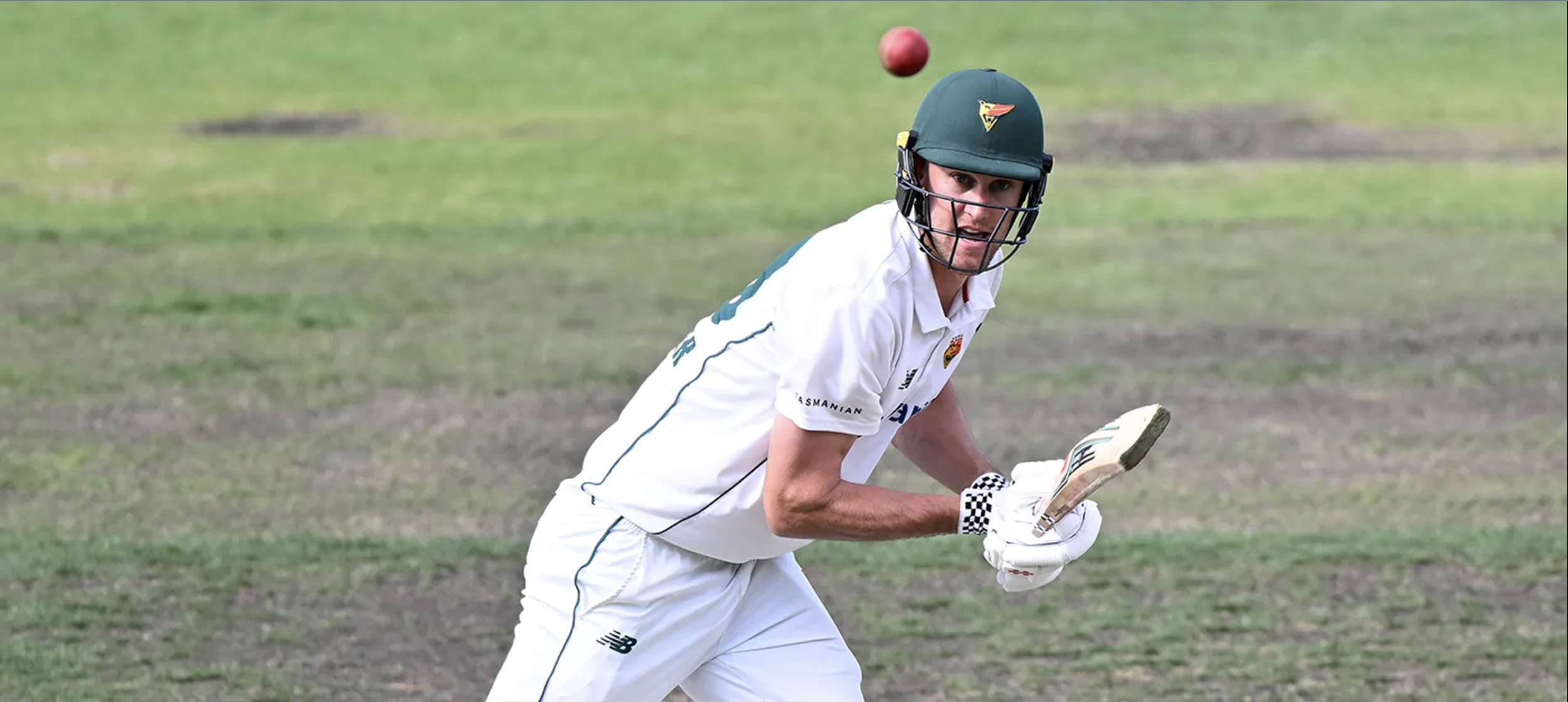
elevate your game with expert physiotherapy
Your Cricket Experts
Whether you’re aiming to level up with a strength and conditioning program, or making a triumphant return post-injury, ASPR provides tailored solutions just for you. We understand cricket and its demands and offer world’s best care for cricketers in Tasmania.
Meet Tak, Your trusted cricket Physiotherapist.
Tak boasts a unique blend of personal and professional experience that sets him apart. As a former athlete, he's intimately familiar with the demands and vulnerabilities of throwing sports, including the complexities of the shoulder joint. This joint, integral to so many athletic endeavours, can suffer from a variety of injuries, notably rotator cuff and labral injuries. Such challenges often stem from overuse, trauma, and specific movement patterns evident in throwing and bowling athletes.
For athletes, optimising shoulder function is paramount, especially when performing overhead activities such as bowling, throwing, or even diving for a ball. This is where Tak's expertise truly shines. He believes in a tailored approach, crafting individualised treatment plans that not only address these intricacies but also cater to the unique needs and aspirations of every athlete. Beyond his professional prowess, it's Tak's empathy and understanding of the athlete's journey that ensures each individual feels supported on their path to recovery.
common cricket-related concerns
-
Contrary to popular belief, hamstring strains supersede back pain as the primary injury concern in elite cricket. The propensity for these injuries is notably high during sprinting – an action frequently encountered when running between wickets, during a bowler's run-up, or while running in the outfield. Strategic strength training and regular top-speed running exercises can help in mitigating the risk of these strains.
-
Many might be surprised to discover that athletes are more prone to back pain and discomfort than non-athletes. Especially for cricketers, and in particular fast bowlers, high bowling loads or sudden increases in bowling volume can lead to this distressing ailment. Core fatigue, combined with the constant impact forces experienced in back extension during bowling, exacerbates the problem. Effective prevention strategies involve improved bowling technique, load management, and consistent resistance training.
-
Groin injuries rank among the top reported injuries in cricket. The high groin forces generated during bowling, coupled with speedy changes in direction and sprinting, often lead to this discomfort. Diagnosing and resolving groin pain remains a challenge due to the myriad structures contained within this small area. However, by addressing muscle weaknesses, enhancing core strength, and managing fatigue, one can significantly alleviate the symptoms and reduce recurrence chances.
-
Though not as prevalent, ankle injuries account for a significant portion of cricket-related concerns. Specifically, lateral ankle ligament injuries rank as the most frequent type of ankle injury. These often occur during bowling and fielding, linked to high workload, altered movement patterns, and coordination issues. Proper rehabilitation and focused interventions can pave the way for a quick and effective return to the sport.
-
Beyond just a reactive approach to injuries, our S&C programs act as a vital "prehab" tool, fortifying muscles and joints against the rigours of sport. Safeguarding against potential injuries and ampliflying on-field performance—be it delivering a powerful shot, bowling with added pace, or diving for that crucial catch. With the demands of a challenging cricket season, a tailored S&C plan ensures players maintain peak physical condition, enhancing consistency and reducing fatigue throughout.
-
Olivier, B., Naude, J., Mnguni, N., Thotse, M., Phalandwa, P., Ferrao, P., & Saragas, N. P. (2023). Foot and Ankle Injuries in Elite South African Cricketers: A Descriptive Analysis of Injury Surveillance Data. Indian Journal of Orthopaedics, 1-8.
Pardiwala, D. N., Rao, N. N., & Varshney, A. V. (2018). Injuries in cricket. Sports health, 10(3), 217-222. Perera, N. K. P., Kountouris, A., Kemp, J. L., Joseph, C., & Finch, C. F. (2019). The incidence, prevalence, nature, severity and mechanisms of injury in elite female cricketers: a prospective cohort study. Journal of science and medicine in sport, 22(9), 1014-1020.
Keylock, L., Alway, P., Felton, P., McCaig, S., Brooke-Wavell, K., King, M., & Peirce, N. (2022). Lumbar bone stress injuries and risk factors in adolescent cricket fast bowlers. Journal of sports sciences, 40(12), 1336–1342. https://doi.org/10.1080/02640414.2022.2080161
Wilson, F., Ardern, C. L., Hartvigsen, J., Dane, K., Trompeter, K., Trease, L., Vinther, A., Gissane, C., McDonnell, S. J., Caneiro, J. P., Newlands, C., Wilkie, K., Mockler, D., & Thornton, J. S. (2020). Prevalence and risk factors for back pain in sports: a systematic review with meta-analysis. British journal of sports medicine, bjsports-2020-102537. Advance online publication. https://doi.org/10.1136/bjsports-2020-10253
Orchard, J. W., Kountouris, A., & Sims, K. (2016). Incidence and prevalence of elite male cricket injuries using updated consensus definitions. Open access journal of sports medicine, 7, 187–194. https://doi.org/10.2147/OAJSM.S117497
Orchard, J. W., Kountouris, A., & Sims, K. (2017). Risk factors for hamstring injuries in Australian male professional cricket players. Journal of sport and health science, 6(3), 271–274. https://doi.org/10.1016/j.jshs.2017.05.004
Dovbysh, T., Reid, D., & Shackel, D. (2021). Injury incidence within male elite New Zealand cricket from the early T20 era: 2009-2015. BMJ open sport & exercise medicine, 7(4), e001168. https://doi.org/10.1136/bmjsem-2021-001168
Maffey, L., & Emery, C. (2007). What are the risk factors for groin strain injury in sport? A systematic review of the literature. Sports medicine (Auckland, N.Z.), 37(10), 881–894. https://doi.org/10.2165/00007256-200737100-00004
Weir, A., Brukner, P., Delahunt, E., Ekstrand, J., Griffin, D., Khan, K. M., Lovell, G., Meyers, W. C., Muschaweck, U., Orchard, J., Paajanen, H., Philippon, M., Reboul, G., Robinson, P., Schache, A. G., Schilders, E., Serner, A., Silvers, H., Thorborg, K., Tyler, T., … Hölmich, P. (2015). Doha agreement meeting on terminology and definitions in groin pain in athletes. British journal of sports medicine, 49(12), 768–774. https://doi.org/10.1136/bjsports-2015-094869

